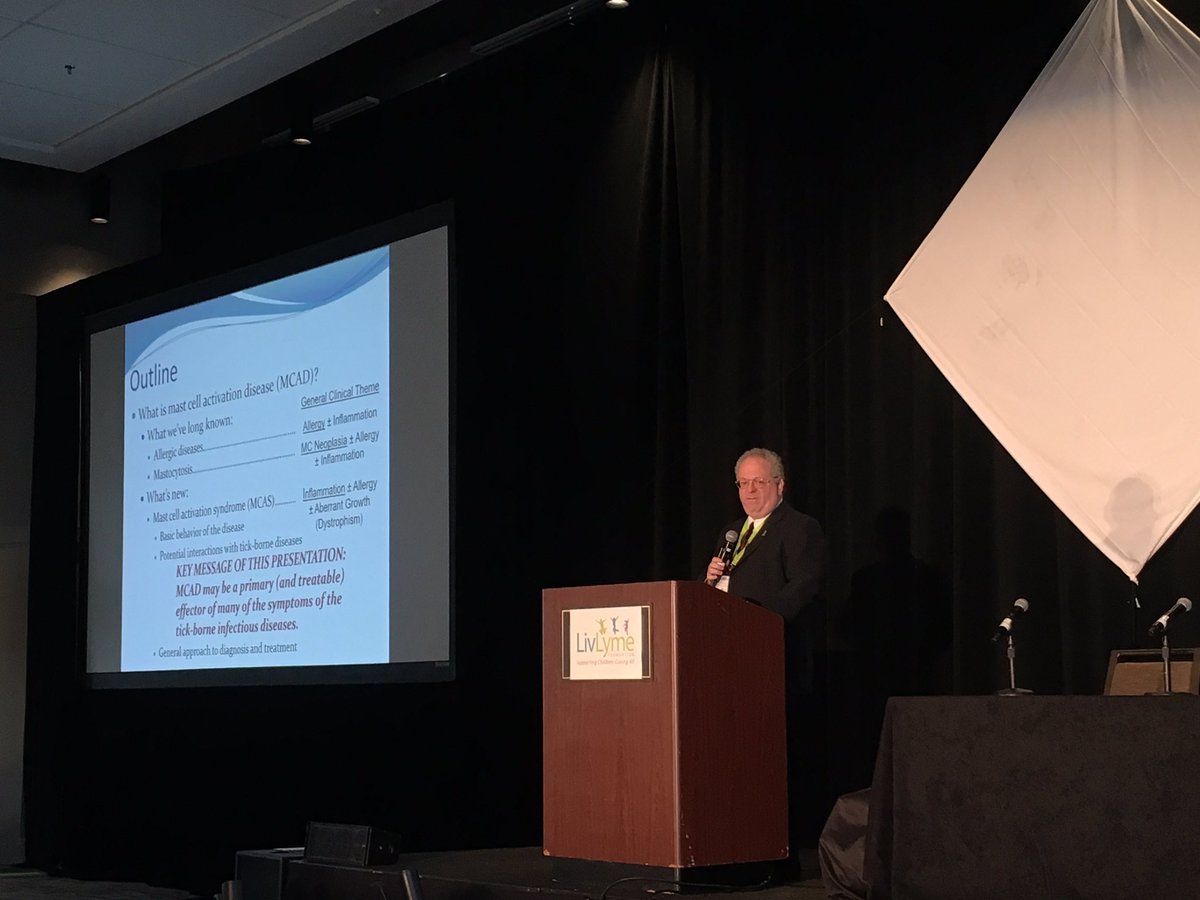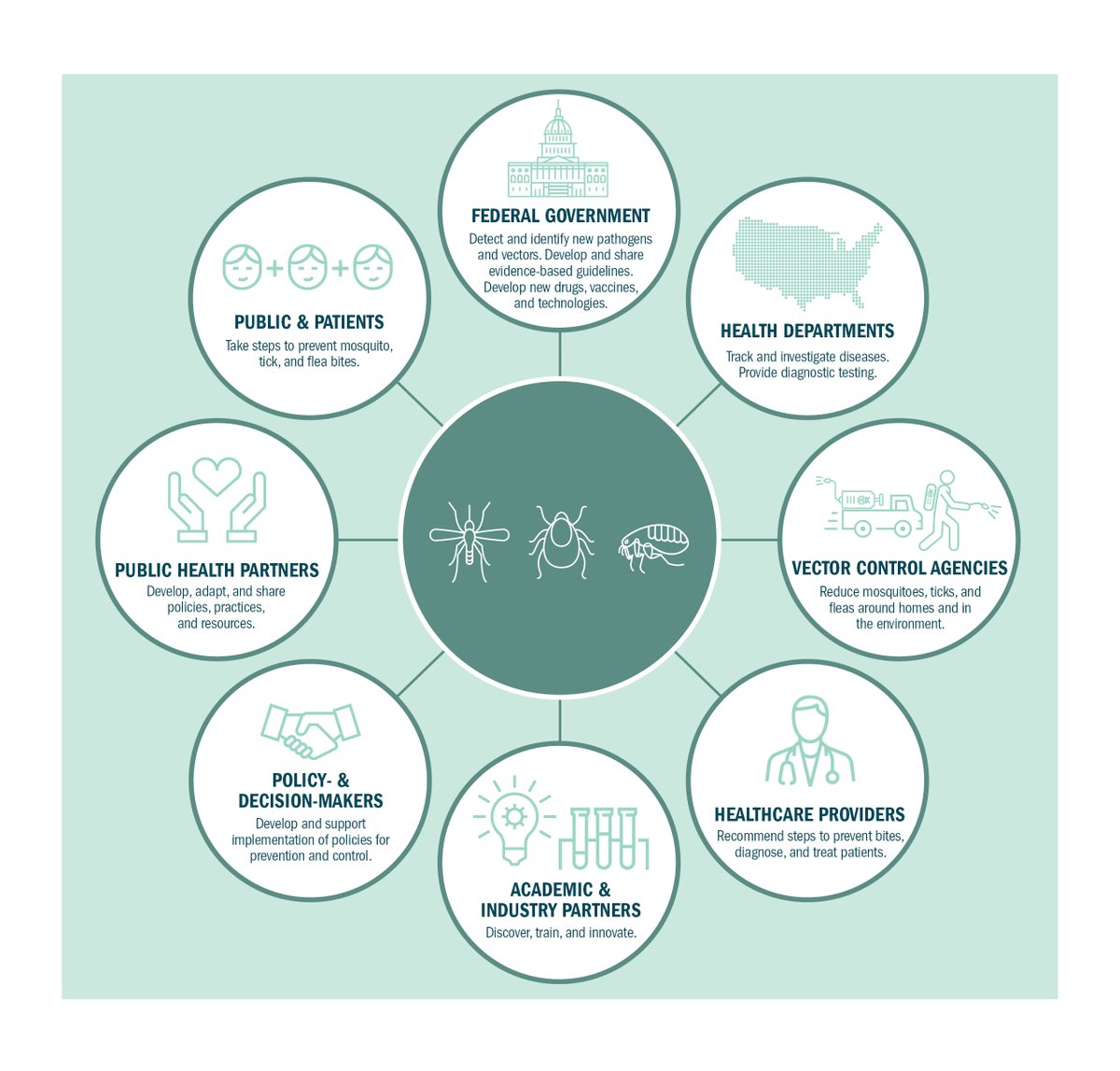Lawrence Afrin, MD | Mast cell activation disease foundations and applications in tick-borne disease management. #LivLymeSummit @liv_lyme 

@liv_lyme Afrin | mast cell activation syndrome (MCAS) is different than mastocytocis. While some MCAS have a KIT mutation, "It is the activation of the mast cells, not abnormal growth, that is contributing to the excess symptoms in MCAS." #LivLymeSummit
@liv_lyme Afrin | Characterization of Mast Cell Activation Syndrome. #MCAS #LivLymeSummit ncbi.nlm.nih.gov/pmc/articles/P…
Afrin | this is the tip of the iceberg for mast cell diseases. Mast cells are the original immune cell. Remember everything. Dominant in skin/GI, interfaces w/nerves, in walls of all vessels. #LivLymeSummit 



Afrin | many, many, many triggers for mast cells besides IgE: pressure, trauma, heat, cold, UV, stress, the list goes on... #LivLymeSummit
Afrin | there are many patients who have symptoms of mastocytosis that lack the markers. says doctors need to consider MCAS. Estimates MCAS is affecting up to 17% of general first-world population.
Afrin | Mast cell activation disease: a concise practical guide for diagnostic workup and therapeutic options. #MCAS #LivLymeSummit ncbi.nlm.nih.gov/pmc/articles/P…
Afrin | will find tryptase is normal in about 80% in MCAS patients; heparin, CGA, PGD, LTE and histamine are often elevated; leads to inflammation in multiple organs and systems & CNS. "patients often stop complaining because they've given up reporting" #LivLymeSummit
Afrin | "Infection of any type triggers some mast cell activation." "a TBD has potential to trigger in the MCAS patient to trigger: normal, aberrant and permanent activation of mast cells" #LivLymeSummit
• • •
Missing some Tweet in this thread? You can try to
force a refresh







